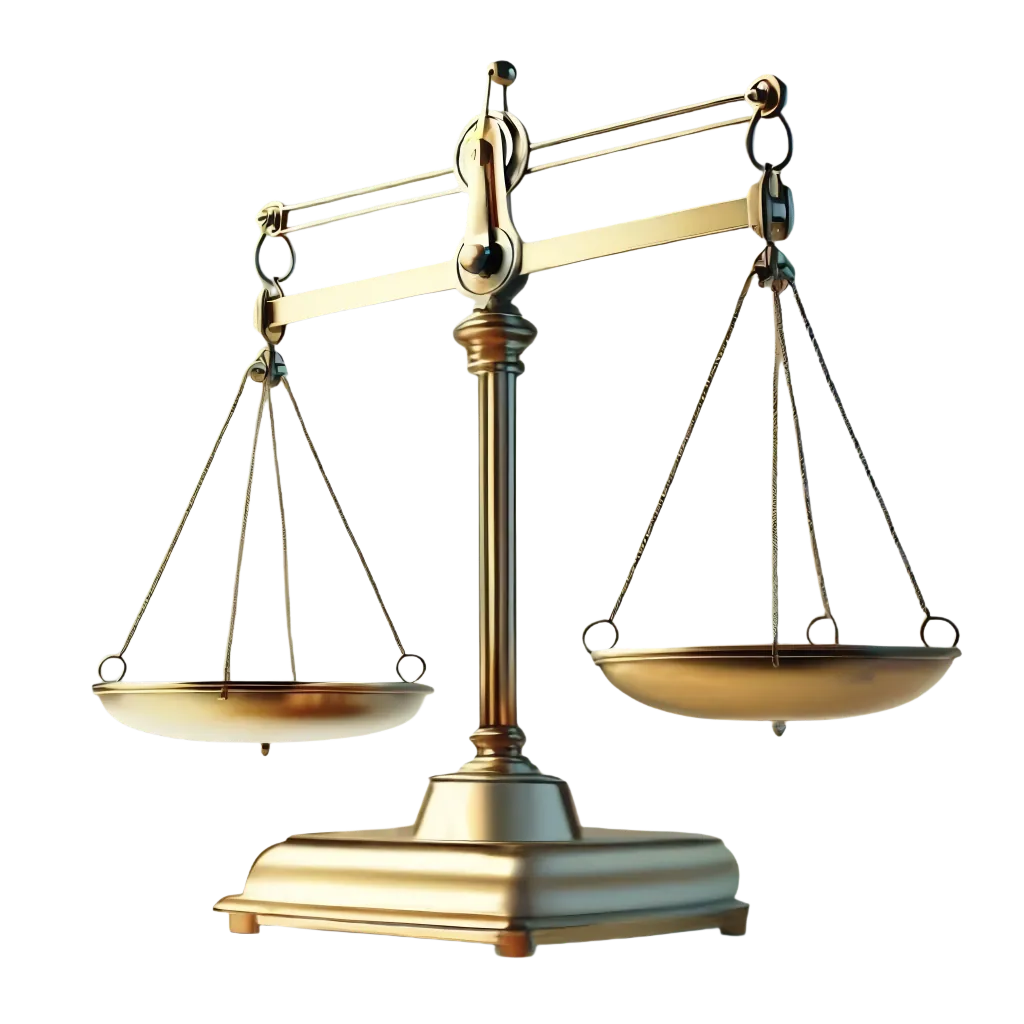Advantages of MDA
An important advantage of the MDA structure is that the client can delegate the investment management and trading discretion for securities to QuietGrowth.
Another important advantage of investing through an MDA is that it allows us to hold your securities under your own unique Holder Identification Number (HIN). A new HIN under your name is created for you at the time of account creation. Because your securities are held in the 'individual HIN' structure, you are the legal owner as well as the beneficial owner of the security holdings.


Comparison with other structures
MDA and managed account
A Managed Discretionary Account is a subset of managed accounts. Your QuietGrowth account is a Managed Discretionary Account. So, it is also a managed account.
MDA and SMA
Separately Managed Accounts (SMA) and MDAs are the two major types of managed accounts. Between the two, the MDA structure enables QuietGrowth to provide you with better investment management service. So, your QuietGrowth account is not an SMA.
MDA and managed fund
Moreover, your QuietGrowth account is not a managed fund. We believe the MDA structure has key advantages over the managed fund structure. For example, in an MDA with 'individual HIN', you will have beneficial ownership of the securities in the portfolio instead of owning units in the managed fund.
QuietGrowth is an online discretionary investment manager (ODIM). This is because of the MDA structure through which we serve the clients.



Multiple Portfolios and MDA Contract
You as a QuietGrowth client can invest in more than one portfolio, each having a different risk score, and a different investment goal. All these QuietGrowth portfolios in your QuietGrowth account are part of the one single MDA that we manage for you.
MDA Contract
A client must enter into an MDA Contract with QuietGrowth prior to accessing our MDA service. As part of the onboarding process for MDA service, QuietGrowth takes into account your objectives, financial situation and needs. Then a 'Statement of Advice and MDA Contract' is generated for the client, and she needs to sign the document digitally. This document includes:
- Statement of Advice (SOA);
- Investment Program;
- Client Agreement;
- Link to Product Disclosure Statement (PDS), if any, of each investment product such as an ETF that forms part of the client's QuietGrowth Model Portfolios;
- Links to the Target Market Determination (TMD) of each QuietGrowth Model Portfolio advised to you or you wish to opt for; and
- MDA Application.
Refer to the format of the Client Agreement of MDA Contract.